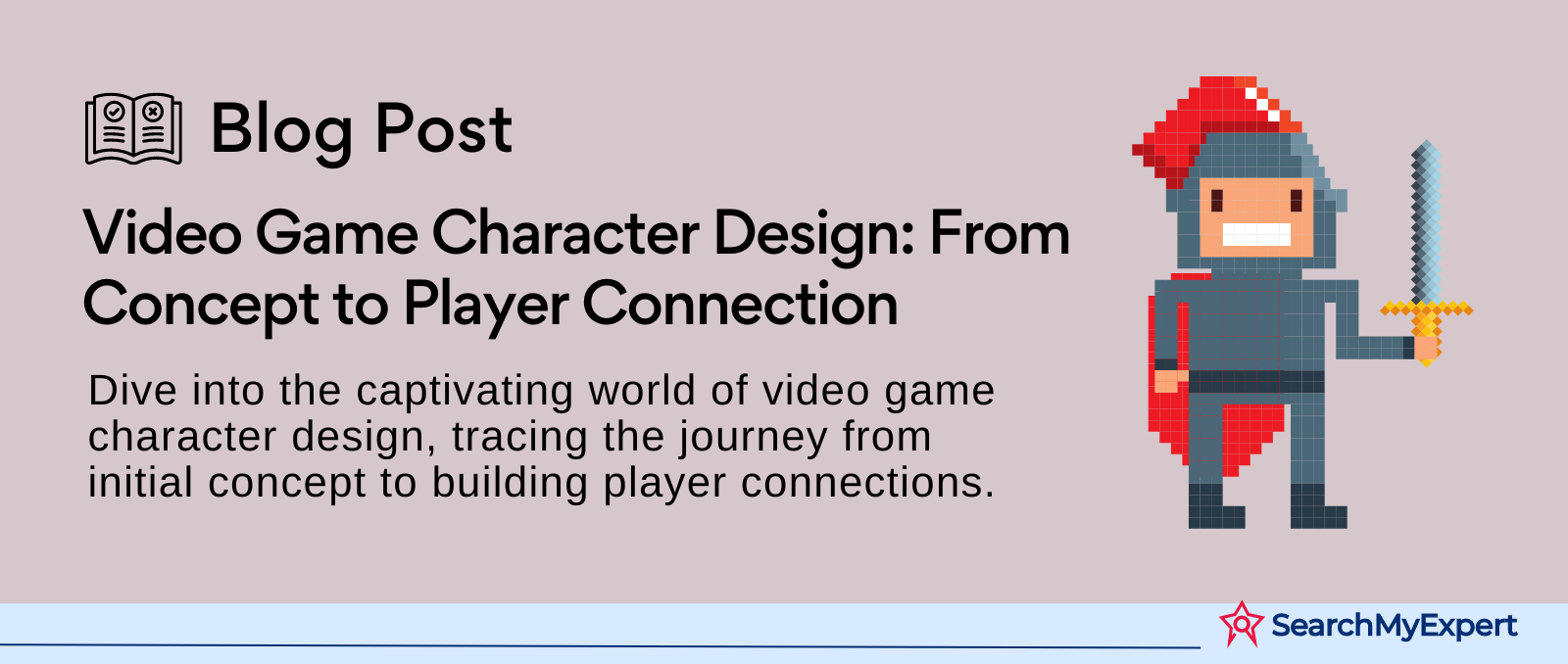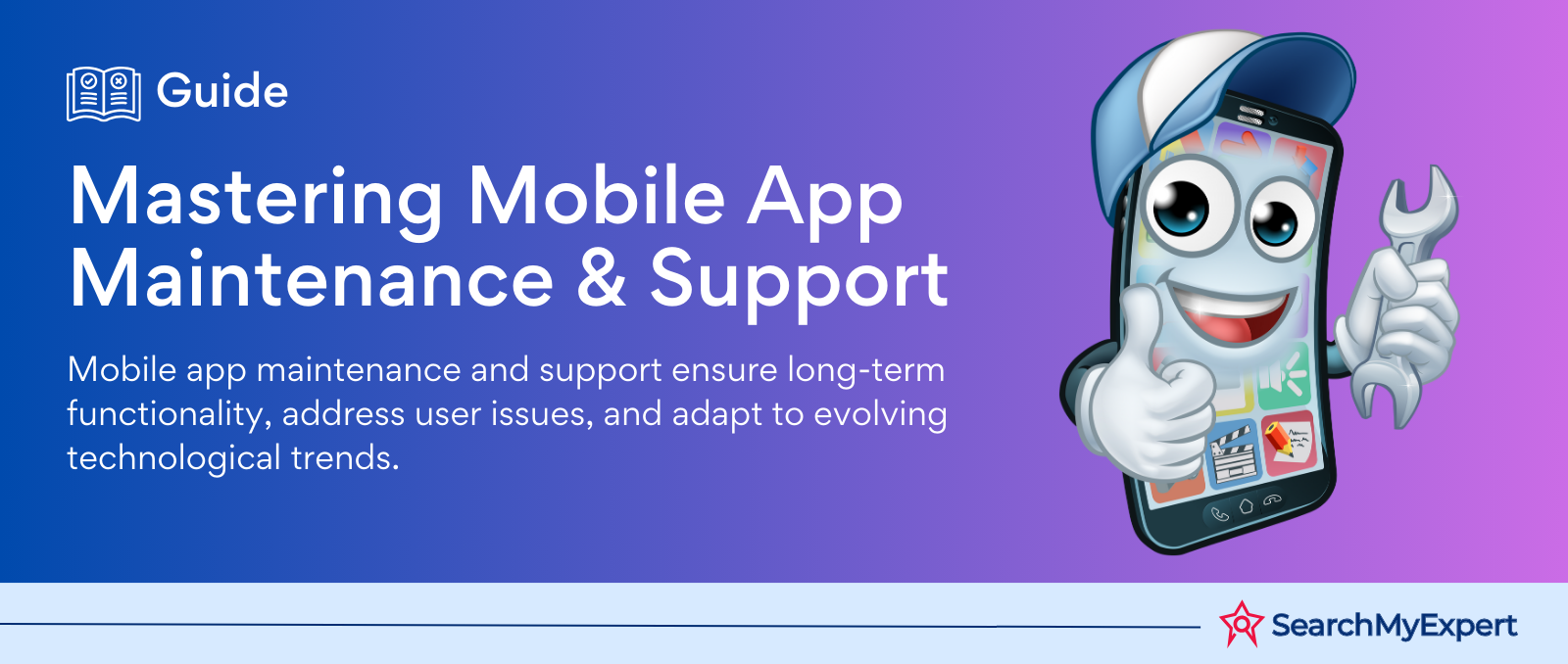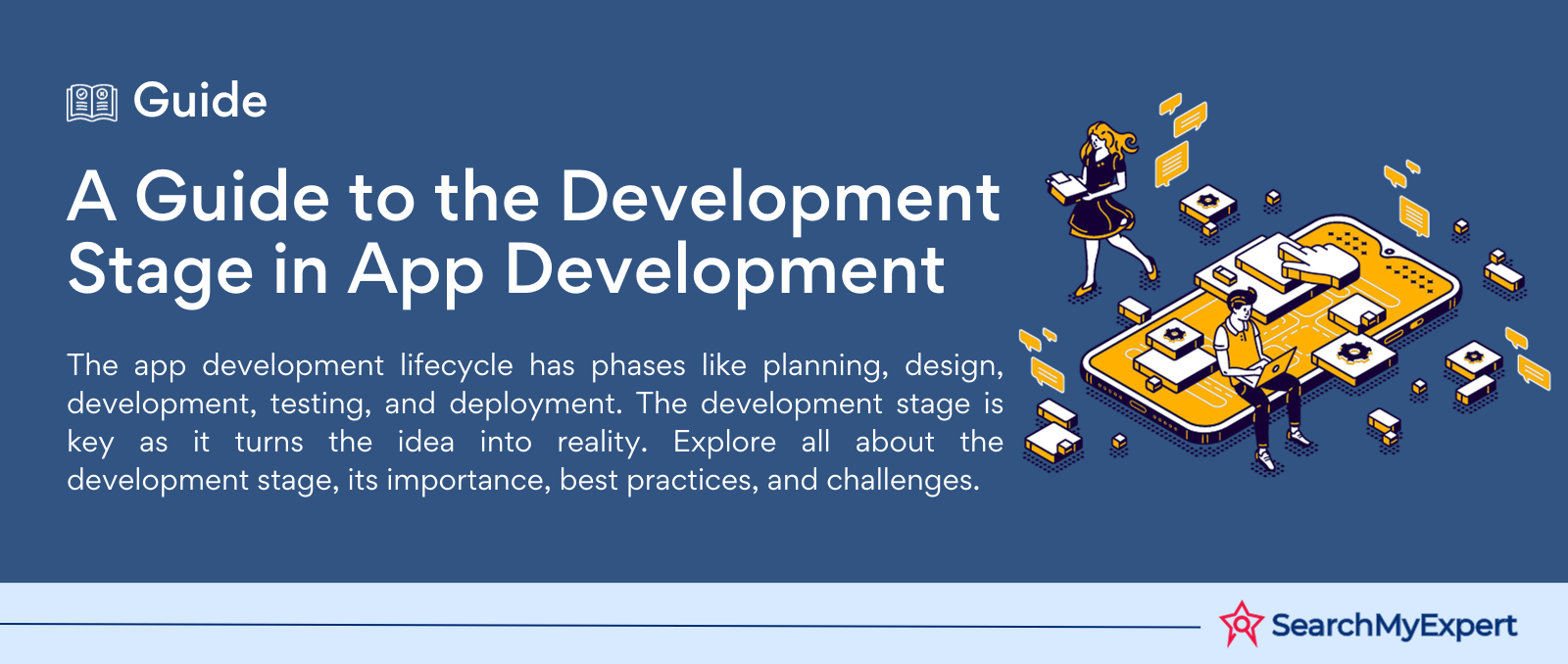Character Design in Video Games: From Idea to Player Interaction

Understanding the Power of Characters in Video Games
The Essence of Player Engagement and its Connection to Characters
Player engagement in video games is a multifaceted concept that hinges on the ability of a game to captivate and maintain the player’s interest. At its core, engagement refers to how absorbed players become in the game world, how much they care about the outcomes, and how motivated they are to continue playing. The characters in video games play a pivotal role in fostering this engagement. They are more than just digital avatars; they are the conduits through which players experience the game world.
The connection between player engagement and characters can be understood through various lenses:
- Empathy and Identification: Players often find themselves empathizing with characters, feeling their joys, struggles, and challenges as their own. This emotional investment encourages players to continue their journey to see their character’s story unfold.
- Motivation and Goals: Characters often have their own backstories, goals, and motivations, which can align with or challenge the player’s values and objectives. This alignment creates a deeper sense of purpose and motivation for the player.
- Interactivity and Agency: Video game characters offer a unique form of interactivity. Players don’t just observe the characters; they control their actions, decisions, and, in some cases, their moral compass. This agency reinforces the bond between the player and the character.
The Impact of Character Design on Player Investment and Emotional Connection
Character design in video games is not just about aesthetics; it’s about creating an entity that players can connect with on a deep, emotional level. Good character design can significantly enhance player investment and emotional connection in several ways:
- Visual Representation and Uniqueness: A character’s visual design, including their attire, appearance, and animations, sets the tone for their personality and story. Unique and appealing designs can make characters more memorable and relatable to players.
- Backstory and Personality: A well-crafted backstory and a distinctive personality can make characters feel like real, complex individuals rather than mere game elements. This complexity allows players to form a more profound emotional connection with the characters.
- Voice Acting and Dialogue: The way a character speaks and interacts with others in the game can greatly influence player attachment. Good voice acting and well-written dialogue can bring a character to life, making them more endearing or relatable to the player.
How Memorable Characters Elevate Narrative and Gameplay
Memorable characters are the heartbeat of many successful video games. They do more than just drive the plot; they elevate the entire gaming experience:
- Narrative Depth: Characters with rich personalities and compelling arcs add depth to the game’s narrative. They can transform a straightforward story into an immersive, emotionally charged journey.
- Gameplay Integration: Characters can influence gameplay mechanics. For instance, a character’s abilities or personality traits can introduce unique gameplay elements or challenges, making the game more engaging and diverse.
- Legacy and Cultural Impact: Iconic characters can transcend the boundaries of their games, becoming cultural symbols. They contribute to the game’s legacy and can even influence other media and art forms.
Building the Foundation: Concept and Core Traits in Character Design
Identifying the Character's Role Within the Game's Narrative and Mechanics
The role of a character in a video game is a crucial element that ties the narrative and mechanics together. This role serves as the guiding principle for the character's development and is pivotal in defining their journey within the game world.
- Narrative Role: In the context of the story, a character’s role might be that of a protagonist, antagonist, or supporting character. Each of these roles carries different responsibilities and impacts the story’s progression. For instance, a protagonist’s role is to drive the story forward, facing challenges and making decisions that affect the game's outcome. An antagonist, on the other hand, creates obstacles and conflict, providing a counterpoint to the protagonist’s objectives.
- Mechanical Role: From a gameplay perspective, a character’s role can be defined by their abilities, skills, and how they interact with the game world. This might include combat roles like tank, healer, or damage dealer in multiplayer games, or puzzle-solver, explorer, or strategist in single-player experiences. The mechanical role should complement the narrative role, creating a cohesive experience where story and gameplay reinforce each other.
Developing a Strong Core Concept: Archetype, Motivation, and Personality
A strong core concept is essential for creating a memorable and impactful character. This involves defining the character’s archetype, motivation, and personality:
- Archetype: An archetype is a typical example of a certain person or thing - an original model after which others are patterned. In character design, archetypes can range from the hero, the mentor, to the trickster. These archetypes serve as a foundation for building a more complex character. They provide a familiar touchstone for players but should be used as a starting point rather than a limitation.
- Motivation: What drives the character? Motivation is the force that propels a character’s actions and decisions throughout the game. It could be something as grand as saving the world, or as personal as avenging a loved one. Understanding a character’s motivation is key to making their actions and growth believable and engaging.
- Personality: This encompasses the character’s traits, behaviors, and emotional responses. A well-defined personality makes a character relatable and memorable. It influences how they interact with other characters, react to events, and even how they move and speak.
Crafting Distinctive Traits That Shape Behavior, Decisions, and Reactions
Distinctive traits are the fine details that give a character depth and uniqueness. These traits are often what make a character stand out and remain memorable long after the game is over.
- Behavioral Traits: These are the consistent ways in which a character acts or behaves. For example, a character might be inherently curious, leading them to explore their environment more thoroughly, or they might be cautious, affecting how they approach challenges.
- Decision-Making: A character’s traits should influence their decisions. For instance, a character with a strong sense of justice might choose to help others even when it’s not the most pragmatic choice. These decisions can affect the game's narrative and even its mechanics, like branching storylines or different abilities.
- Reactions to Events: How a character reacts to events in the game can reveal a lot about their personality and growth. These reactions should be consistent with their established traits and motivations but can evolve as the character grows throughout the game.
Fleshing Out the Persona: Flaws, Quirks, and Motivations in Character Design
Incorporating Flaws and Vulnerabilities for Relatable Complexity
Flaws and vulnerabilities are essential in transforming a character from a mere digital creation to a relatable, three-dimensional being. These imperfections make characters more human, allowing players to connect with them on a deeper level.
- Humanizing Characters Through Flaws: Flaws in a character can range from physical limitations to emotional or psychological weaknesses. A hero might be brave but overly impulsive, or a wise character might struggle with pride. These flaws not only make characters more relatable but also create internal conflicts, adding layers to their personality and making their journey more interesting.
- Vulnerabilities and Challenges: Vulnerabilities are not just about weaknesses; they’re about the challenges a character must overcome. This might be a fear they have to face, a past trauma they need to come to terms with, or a personal limitation they strive to overcome. These vulnerabilities can drive the narrative and lead to significant character development.
- Impact on Gameplay: Flaws and vulnerabilities can also be woven into the gameplay mechanics. For example, a character’s fear might limit their abilities in certain situations, requiring the player to find alternative strategies. This integration of character traits into gameplay creates a more immersive and cohesive experience.
Defining Desires, Fears, and Personal Goals to Drive Actions
A character’s desires, fears, and personal goals are the driving forces behind their actions and decisions in the game. These elements give context to the character's behavior and choices, making them more understandable and impactful.
- Desires and Ambitions: What does the character aspire to achieve? This could be a tangible goal, like seeking revenge or saving the world, or something more abstract, like seeking acceptance or finding inner peace. These desires motivate the character's actions and decisions throughout the game.
- Fears and Insecurities: Fears and insecurities add depth to a character. They can be external, such as a fear of a particular antagonist, or internal, like a fear of failure. These fears can shape the character’s journey, presenting obstacles that they must confront and overcome.
- Personal Goals and Growth: Personal goals are closely tied to the character’s arc and development. They might start with a specific aim but evolve as the character grows. This evolution reflects the character’s journey and makes their story more engaging and satisfying.
Exploring Quirks and Unique Mannerisms for Individuality and Memorability
Quirks and unique mannerisms are the subtle details that make a character truly stand out. They add a layer of individuality and memorability, making the character more lifelike and engaging.
- Quirks and Habits: These are the small, often idiosyncratic behaviors that make a character unique. It could be a particular way they talk, a habitual gesture, or a unique way they react to situations. These quirks make the character more distinctive and memorable.
- Physical and Verbal Mannerisms: Physical mannerisms can include how a character moves, their posture, or facial expressions. Verbal mannerisms encompass how they speak, including unique phrases, accents, or speech patterns. These physical and verbal traits contribute to the character’s identity and help players recognize and remember them.
- Integration into the Game World: These mannerisms should not be isolated traits but should be integrated into the character’s interactions with the game world. For example, a character’s unique way of solving puzzles or their specific reactions to in-game events can enhance the player’s connection with them.
Crafting Believable Backstories and Relationships in Character Design
Developing a Rich Backstory to Inform Present and Future Choices
A character’s backstory is the foundation upon which their personality, decisions, and future paths are built. It provides context to their actions and motivations, making them more believable and relatable.
- Creating a Comprehensive History: A well-developed backstory includes details about the character’s past experiences, family history, significant events, and cultural background. This history should be rich and nuanced, providing a clear understanding of who the character is and why they behave the way they do.
- Linking Backstory to Current Motivations: The character’s past experiences should directly influence their present motivations and goals. For example, a traumatic event might drive a character to seek revenge or redemption, or a happy childhood memory might motivate them to protect their loved ones or homeland.
- Influencing Future Choices and Growth: The backstory should not only explain the character’s current state but also set the stage for their development throughout the game. As the character faces new challenges and experiences, aspects of their backstory can resurface, influencing their choices and personal growth.
Defining Relationships with Other Characters: Conflict and Connection
The relationships a character has with others in the game world are crucial in developing their personality and driving the narrative.
- Creating Dynamic Relationships: Each relationship should be unique, reflecting different aspects of the character’s personality. This includes friendships, rivalries, mentorships, and romantic connections. These relationships can bring out different sides of the character, from vulnerability to strength, hostility to compassion.
- Conflict and Connection: Conflict is a powerful tool in character development. It can arise from clashing personalities, competing goals, or past grievances. Conversely, connections are formed through shared experiences, mutual respect, or common goals. Both conflict and connection are essential in creating dynamic and engaging relationships.
- Impact on Narrative and Gameplay: Relationships should not just be part of the character's background; they should actively influence the game's narrative and mechanics. For example, an ally might provide essential support in a battle, or a betrayal by a trusted friend could lead to a significant plot twist.
How Past Experiences Shape Personality and Worldview
A character’s past experiences play a critical role in shaping their personality and worldview. These experiences add depth to the characters, making their actions and reactions within the game more understandable and meaningful.
- Formative Events: Key events in the character’s life, such as a major loss, a significant victory, or a life-changing encounter, can have a profound impact on their personality. These events can shape their beliefs, fears, and motivations.
- Cultural and Social Influence: The character’s cultural and social background also plays a significant role in shaping their worldview. This can include the society they grew up in, the values they were taught, and the prejudices they may have encountered.
- Evolution Over Time: A character’s personality and worldview are not static; they should evolve as they encounter new experiences and challenges in the game. This evolution makes the character more dynamic and allows for a more engaging narrative arc.
Making Them Talk: Dialogue and Voice Design in Character Creation
Writing Engaging Dialogue Reflecting Personality and Motivations
Dialogue is a key element in bringing a video game character to life. It's not just about what is said, but how it's said, and what it reveals about the character.
- Reflecting Personality through Dialogue: The way a character speaks should be a direct reflection of their personality. For a bold, confident character, the dialogue might be brash and straightforward, while a more thoughtful character might speak in a measured, contemplative manner. This differentiation in dialogue styles helps to establish and reinforce the character’s personality traits.
- Motivations and Desires in Speech: What a character talks about and how they discuss it can reveal their motivations and desires. Dialogue can be used to express their goals, fears, and beliefs, providing insight into what drives them. This not only adds depth to the character but also helps to advance the narrative.
- Interactive Dialogue Systems: Many modern games use interactive dialogue systems that allow players to choose responses. This can be a powerful tool for character development, as it lets players shape the character’s personality and relationships through the choices they make in conversations.
Enhancing Presence and Impact with Voice Acting and Sound Design
Voice acting and sound design are crucial in making a character feel real and enhancing their impact on the player.
- Casting the Right Voice: Choosing the right voice actor is vital. The actor's tone, pitch, and delivery must align with the character’s personality and backstory. A great voice actor can add layers of emotion and subtlety to the character, making them more believable and relatable.
- Emotional Expression through Voice: The voice actor's performance can convey a range of emotions, from joy to anger, fear to confidence. This emotional depth is essential for creating a connection between the character and the player.
- Sound Design and Ambient Sounds: Beyond the voice, other sound elements can enhance a character's presence. This includes the sound of their movements, the environment they are in, and even the subtle changes in their voice depending on their physical or emotional state.
Creating Unique Speech Patterns and Catchphrases for Memorability
Distinctive speech patterns and catchphrases can make a character instantly recognizable and memorable.
- Unique Speech Patterns: This could include a specific accent, a tendency to use certain types of words, or a unique rhythm in their speech. For example, a scholarly character might use complex vocabulary, while a street-smart character might use slang. These patterns should be consistent and reflect the character’s background and personality.
- Memorable Catchphrases: A well-crafted catchphrase can become synonymous with a character, contributing to their legacy in the gaming world. These catchphrases should be catchy, reflective of the character’s personality, and relevant to the context of the game.
- Consistency and Context: While creating unique speech patterns and catchphrases, it’s important to maintain consistency and consider the context in which they are used. They should feel natural to the character and the situations they find themselves in.
Bringing Them to Life: Visual Design and Animation in Character Creation
Developing a Visually Distinct Design Reflecting Personality and Role
The visual design of a character is often the first aspect that catches a player's attention and is crucial in making them memorable.
- Creating a Distinct Visual Identity: A character’s visual design should be unique, and instantly recognizable, and set them apart from other characters. This involves thoughtful choices in terms of colors, clothing, body shape, and any distinctive features like scars, tattoos, or unique hairstyles.
- Reflecting Character Traits and Role: The visual design should not only be distinctive but also reflective of the character's personality and role in the game. For example, a character with a stealthy role might have a sleek, unobtrusive design, while a more outgoing character might have bright colors and extravagant attire.
- Cultural and Thematic Considerations: The design should also consider the character’s cultural background and the game's thematic elements. This helps in creating a character that is not only visually appealing but also fits within the game's world and story context.
Utilizing Animation to Showcase Emotions, Expressions, and Physicality
Animation breathes life into a character, making them feel real and dynamic within the game world.
- Expressing Emotions Through Animation: The way a character moves, their facial expressions, and their body language can convey a wide range of emotions. Subtle animations like changes in posture, gestures, or facial expressions during conversations can greatly enhance emotional storytelling.
- Physicality and Movement Style: Each character should have a distinct way of moving that reflects their personality and physical traits. A nimble character might have quick, fluid movements, while a more powerful character might move with deliberate strength. This also extends to how they interact with the environment, like climbing, jumping, or handling objects.
- Synchronizing Animation with Voice and Sound: The character’s animations should be in sync with their voice acting and sound effects. This synchrony is essential for creating a cohesive and believable character. For example, the timing of mouth movements should match spoken dialogue, and actions should correspond with sound cues.
Ensuring Design Aligns with the Game's Overall Aesthetic and Tone
A character’s design should not only be unique and reflective of their personality but also fit seamlessly within the game's overall aesthetic and tone.
- Consistency with Game World: The character's design should align with the game’s setting and art style. Whether it’s a futuristic sci-fi world, a fantasy realm, or a realistic modern setting, the characters should look like they belong in that environment.
- Tone and Atmosphere Considerations: The overall tone and atmosphere of the game should be reflected in the character’s design. A darker, more serious game might call for more subdued, realistic designs, while a light-hearted, whimsical game might allow for more exaggerated, colorful characters.
- Balancing Uniqueness and Cohesiveness: While a character needs to stand out, they should not feel out of place. There needs to be a balance between making them unique and ensuring they fit within the game's visual language and the ensemble of other characters.
Testing, Refining, and Polishing: The Final Touches in Character Design
Playtesting the Character In-Game to Evaluate Impact on Player Engagement
Playtesting is a critical phase in character development, providing valuable insights into how players perceive and interact with the character.
- Evaluating Engagement and Immersion: During playtests, observe how players interact with the character. Are they engaged? Do they seem emotionally invested in the character's story and choices? This feedback is essential to understanding how well the character resonates with players.
- Testing Gameplay Integration: It's important to see how the character fits within the game mechanics. Does their presence enhance the gameplay experience? Are their abilities and traits well integrated into the game’s systems? This testing ensures that the character is not just interesting narratively but also fun and satisfying to play.
- Gathering Diverse Feedback: Collect feedback from a diverse group of players to get a well-rounded view of the character’s impact. Different players will have varied responses based on their play styles and preferences, providing a comprehensive understanding of the character's appeal.
Refining Dialogue, Traits, and Behavior Based on Player Feedback
Feedback from playtesting is crucial for refining and enhancing the character.
- Improving Dialogue: Player reactions can reveal a lot about the effectiveness of the character's dialogue. Is it engaging? Does it reflect the character's personality accurately? Use this feedback to tweak the dialogue, making it more authentic and impactful.
- Adjusting Traits and Behaviors: Players’ responses can also highlight issues with the character’s traits and behaviors. Perhaps a trait is too exaggerated or a behavior doesn’t align with the character’s backstory. Refining these elements based on player feedback is crucial for creating a well-rounded and believable character.
- Iterative Process: The refinement process should be iterative. Make adjustments based on feedback, then test again to see how those changes are received. This ongoing process ensures the character continually evolves and improves.
Polishing Presentation Through Animation and Visual Tweaks for Maximum Impact
The final phase of character development involves polishing their visual and animation aspects to ensure they leave a lasting impression.
- Enhancing Animation Quality: Review and refine the character’s animations for fluidity and expressiveness. Ensure that movements and facial expressions are natural and align with the character's emotions and reactions.
- Visual Improvements: Make final adjustments to the character’s visual design. This can include tweaking colors, textures, and lighting to ensure the character looks their best in various in-game environments.
- Consistency and Detailing: Ensure that all aspects of the character’s design are consistent and detailed. This includes checking for visual bugs, ensuring textures are high-quality, and confirming that the character’s design remains consistent across different lighting and environmental conditions.
Conclusion:
In the realm of video game development, character design holds an undeniable significance. It is a process that goes beyond mere visual appeal, delving into creating a persona that players can connect with on multiple levels. Through careful consideration of their role, personalities, backstories, dialogue, and visual presentation, characters become more than just digital entities - they become an integral part of the player’s experience and the game’s narrative tapestry.
From the initial concept to the final touches, each step in the character design process is crucial. It involves understanding the character's role within the game's mechanics and narrative, crafting their core traits, and fleshing out their persona with relatable flaws and quirks. A rich backstory and dynamic relationships further deepen the character’s complexity, while engaging dialogue and voice design add layers of realism and emotional depth. The character’s visual design and animation bring them to life, making them a memorable part of the gaming world.
Elevate your gaming concepts with Game Development Companies.
share this page if you liked it 😊
Other Related Blogs

Mastering Docker for App Development: A Comprehensive Guide to Benefits, Use-Cases, and Alternatives
STAY UP TO DATE
GET PATH'S LATEST
Receive bi-weekly updates from the SME, and get a heads up on upcoming events.
Contact Us











